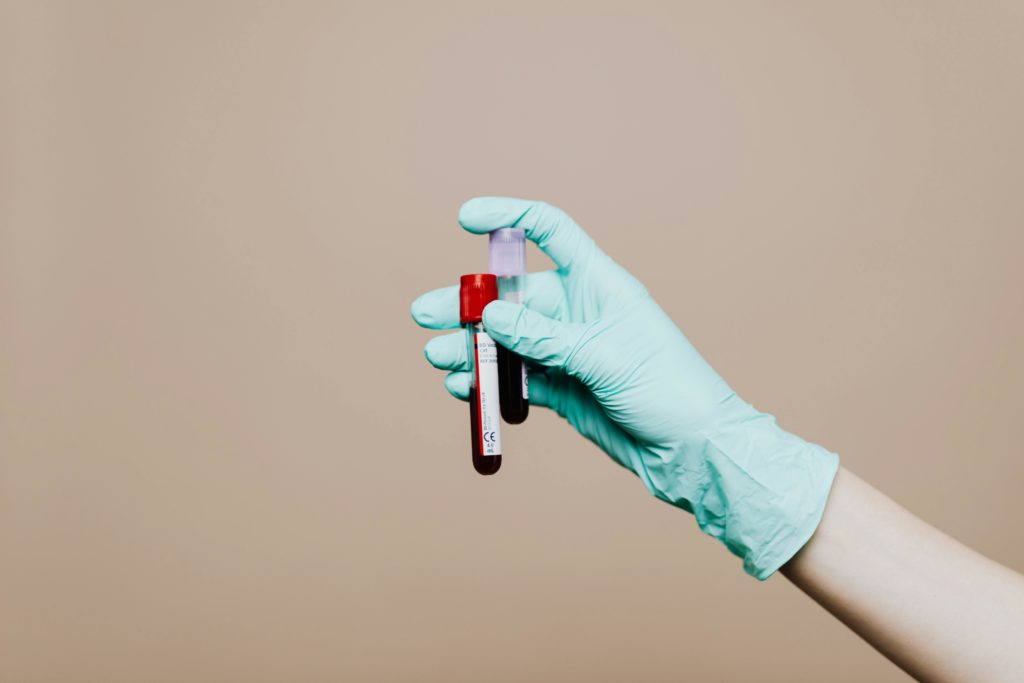
Last week’s news was filled with reports of three deaths in Los Angeles County attributed to 7-hydroxymitragynine (7-OH) overdose.
The Global Kratom Coalition, a lobbying group that supports 7-OH prohibition that is sponsored in part by kratom vendors, tweeted, “The alarm has been sounded on concentrated synthetic 7-OH opioid products. This tragedy in LA County is the realization of that alarm.” In a video attached to the tweet, the group said, “Authorities must act NOW.”
In a September 12 news release, Los Angeles County Health Alert Network (LACHAN) stated:
The County of Los Angeles Medical Examiner recently identified three fatal 7-OH overdoses in Los Angeles County in residents between the ages of 18 to 40 years old. Alcohol was present in all cases. The decedents were otherwise healthy, with no other substances identified as substantively contributing to their deaths.
As Kastalia Medrano reported in a Filter article, “7-OH Did Not Cause the LA Overdose Deaths (Neither Did Kratom)”, the above statement doesn’t entirely correspond with the truth:
In medical examiner case records that LACDPH confirmed to Filter [as corresponding to] the three deaths in question, none determined 7-OH to be the primary cause of death. One that lists cause of death as acute alcohol toxicity cites 7-OH as an underlying cause alongside kratom and two antidepressants, and notes that other significant conditions included “pulmonary congestion and edema, psychiatric history with prescribed antidepressant therapy.”
In addition to alcohol and other substances, two of the cases listed both mitragynine and 7-OH on the case detail report, raising the question of whether the deceased consumed 7-OH products at all, or 7-OH appeared as a metabolite of the mitragynine. Evidence of the products ingested in these cases has not been reported.
In case 2025-06340, a 21-year-old male died on April 13, primarily from aspiration pneumonitis, or “an infection caused by inhaling something other than air into your lungs,” according to Cleveland Clinic. The report listed “effects of ethanol, mitragynine, and 7-hydroxymitragynine” as a secondary cause of death.
In case 2025-09782, a 19 year old male died on June 14, primarily from “multiple drug toxicity”. No other cause was listed.
In case 2025-10888, a 38 year old female died on July 6, primarily of “acute alcohol intoxication”. The secondary cause was listed as “mixed drug effects (fluoxetine, bupropion, mitragynine/7-hydroxymitragynine)”. The report also listed “pulmonary congestion and edema, psychiatric history with prescribed antidepressant therapy” as significant conditions contributing to cause of death.
The cases should remind long-term observers of similar deaths where mitragynine was found in the system of the deceased, and reported by media as a “kratom overdose.” In many of these cases, closer examination uncovered preexisting conditions and multiple substances that made the actual cause of death more complicated than kratom alone.
